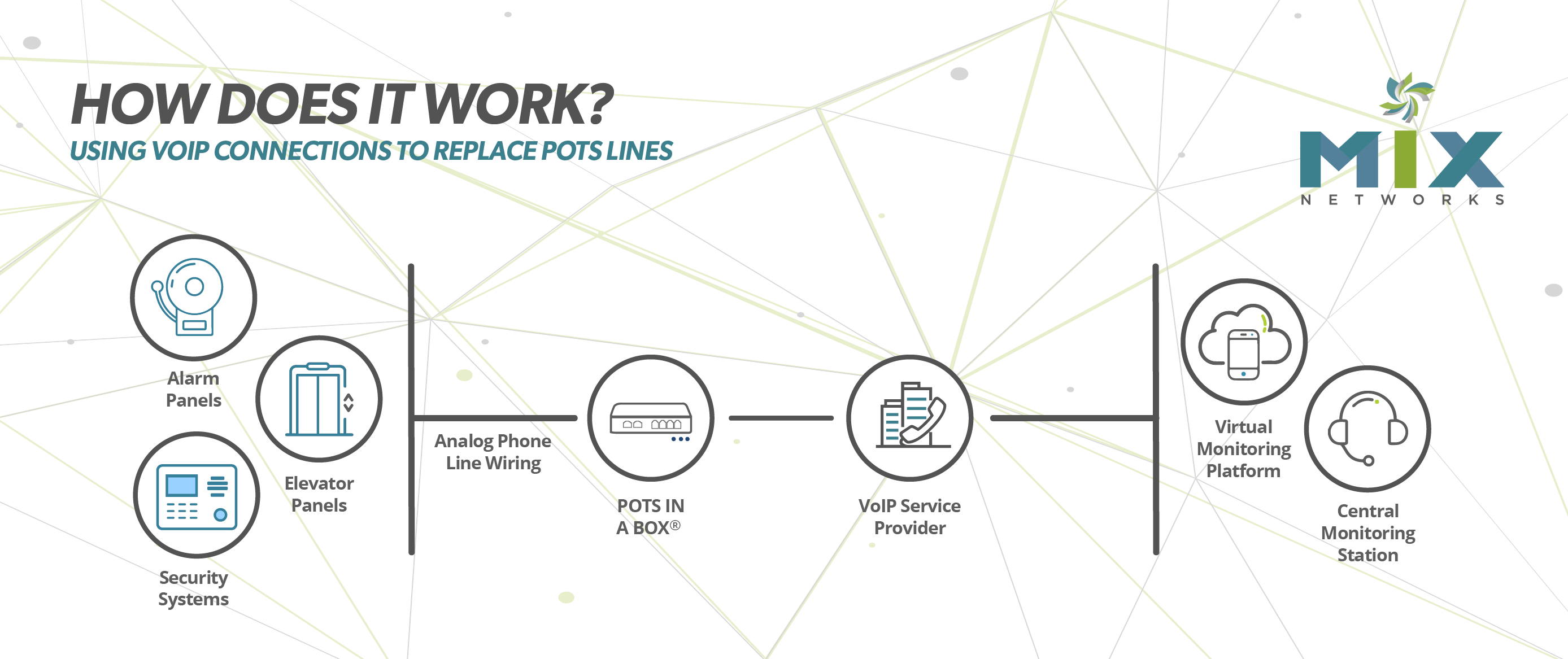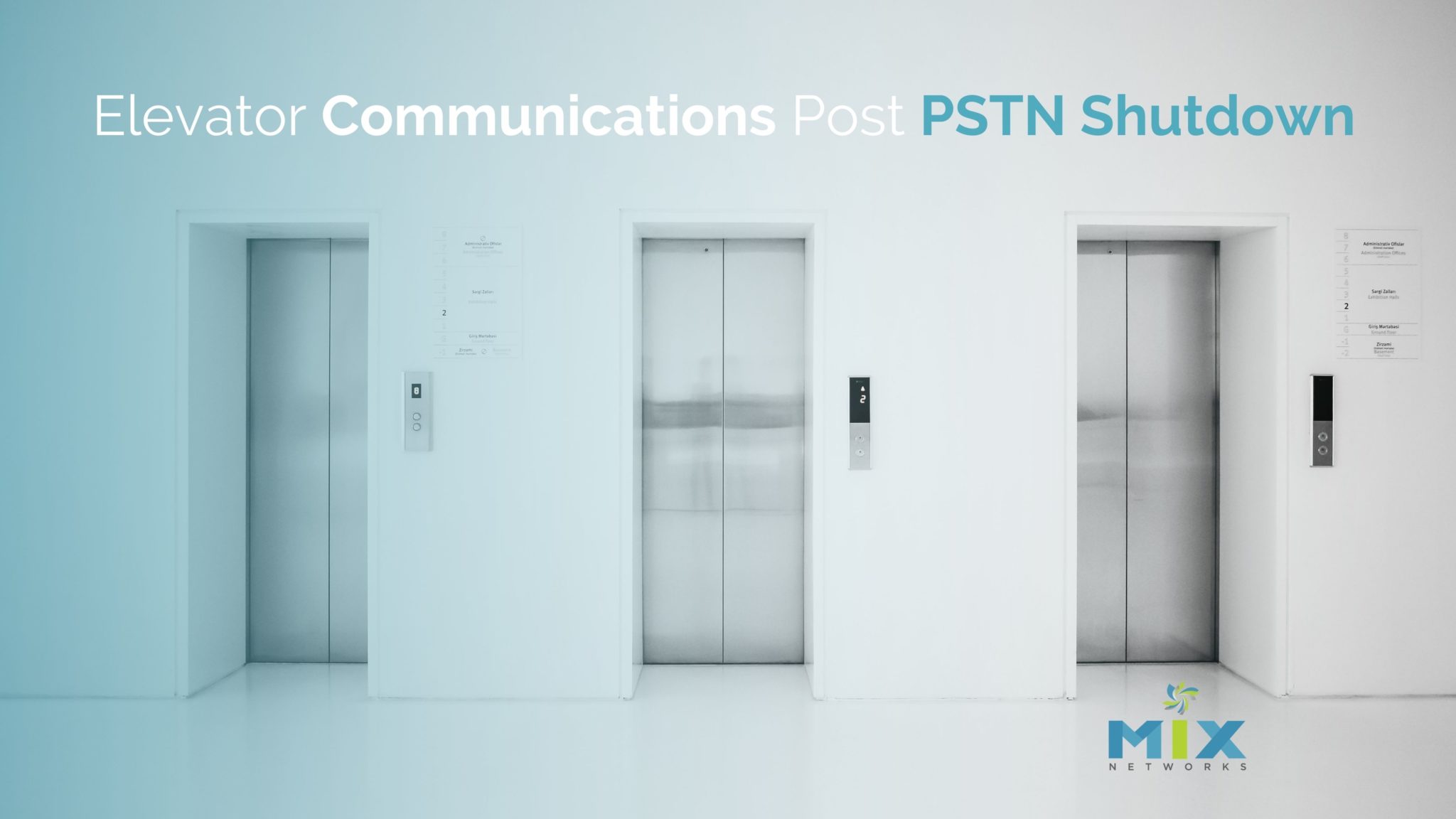The Public Switched Telephone Network (PSTN) has deep roots in businesses of all shapes and sizes. One area that is largely overlooked is the role the PSTN plays in emergency elevator communications.
You’ve most likely seen the button built into the front panel of the elevator, especially if you have small children (No! Don’t touch that!). Unless you are stuck and need help. But have you ever thought much about the technology behind the panel that connects your cries for help to those who have the capacity to do so? And with elevators typically lasting 15-20 years, many of them still use the twisted copper pair wires of the traditional PSTN to contact help in the event of an emergency.
This is great….as long as the PSTN is in service. And as more of the traditional telephony carriers shut down the copper lines in favor of the newer digital IP lines (with the FCC’s blessing, no less), you will need to carefully consider how you will maintain elevator code compliance with digital IP telephony solutions such as VoIP.
Elevator Code Requirements
While local jurisdictions have their own requirements that you will need to be aware of, the A17.1 and the A117.1 are the national standards that you also need to be aware of. The A17.1 is the code requirements and how it is measured and achieved, while the A117.1 looks at ADA compliance and how and what needs to be accessible. When an elevator system meets the standards of both, the system or devices can be used. There is no language within the codes that prohibit the use of the newer communications protocols, such as VoIP, cellular, or satellite, assuming it meets all of the 14 requirements listed.
Why Does the End of the PSTN Matter for Elevators?
Within the A17.1, elevators that travel 60’ and above and for buildings with staff on-site 24/7 must allow for two-way communications between the elevator car and the appropriate staff. For those elevators that travel over 60’ and the building does not have staff on-site 24/7, then the elevator must also communicate two-ways with a point outside of the building. Now ask yourself, how does my elevator communicate both internally and externally (if needed) to answer calls for help? Since many elevators were installed when the copper wires of the PSTN were still the standard, when your local jurisdiction loses the old copper lines, this will put your building at serious risk for compliance issues.
POTS IN A BOX® Can Keep Your Elevator Communications Connected
The POTS IN A BOX® is a device used as a direct Telecommunications Network provisioning device to provide the traditional dial tone pathway. In other words, the POTS IN A BOX® connects your elevator to your external communications network and helps to keep you connected and compliant. Learn more about elevator communications requirements and VoIP and how the POTS IN A BOX® meets the need as the PSTN goes through the transition.








